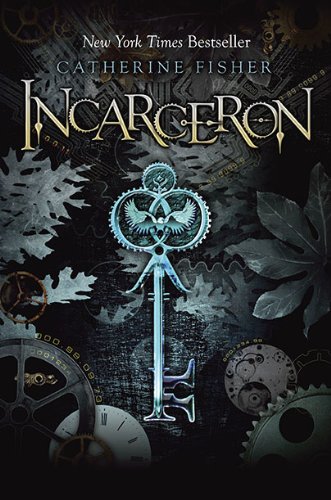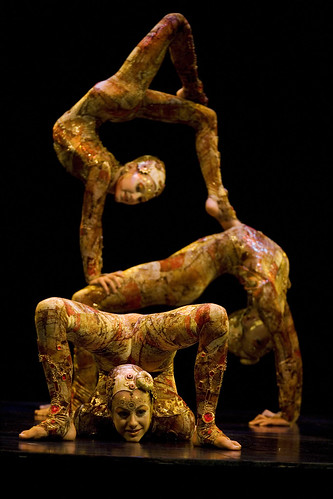Incarceron by Catherine Fisher is the tale of an intricate experiment gone horribly wrong. In attempts to create a better world, the "Scum" of the Earth are imprisoned in Incarceron—a prison that can think and adjust—a place that was supposed to be a paradise; however, something goes wrong and the prison morphs into a living hell. Over the decades, the Wardens of the prison have kept the disintegration a secret.
In Incarceron, a 17 year old boy named Finn struggles to remember his childhood and identity. His first memories were waking up in a cell at the age of 15—anything from before is blank. A wise man, or Sapient, believes Finn is a starseer and has insightful visions. Finn cannot understand if they are indeed visions or memories; nevertheless, they convince him he is from the Outside. Driven by the the tale of Sapphique and the unforeseen aid of the Warden's daughter, the only prisoner to have ever escaped, Finn and his companions embark on a journey to freedom.
Catherine Fisher transports the reader into a fascinating world of the future that is both extremely advanced and imprisoned in the past. She raises many philosophical questions about perspective, self identity, and freedom. Is it possible that they are merely illusions? Neither the prisoners nor the people on the Outside are sure anymore.
The novel opens with a loud slap to the face and sends the reader reeling back from the sudden action. The imagination never hungers for more wonders in a world of nearly unimaginable proportions and horrors. However, Fisher did not develop the characters enough for the reader to empathize and connect with them. The plot itself has its twists and turns, but overall is not complicated. There are many "gasp" moments that I was able to figure out nearly 100 or more pages before—and I doubt I am the only one.
Despite this novel not living up to certain expectations, its conclusion is anything but the end. Fisher has a chance to redeem herself in the sequel Sapphique. It is already out in the UK and should come out in December in the U.S.










